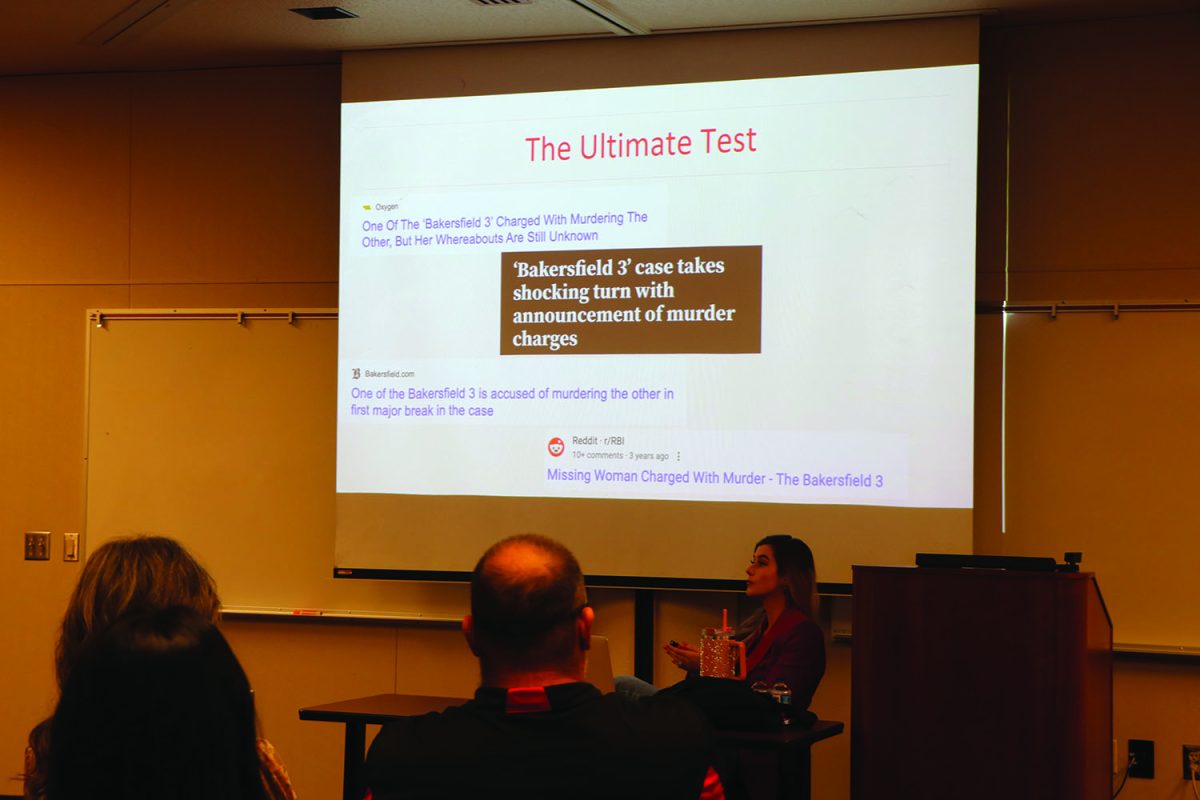Learn to read labels
November 2, 2017
We often hear that the best approach to healthy eating is based on nutrition labels, and the Food and Drug Administration encourages people to check nutrition information before buying their food. Labels show calories as well as percentages of macronutrients and vitamins; knowing that information can help people make better choices.
Here’s the thing: reading labels can help if you happen to carry a magnifying glass and perhaps a calculator with you. Labels use small fonts, and the information is so cryptic that not even Sherlock Holmes can decipher it. I hear he has gained weight.
Last time I went grocery shopping I was reminded of the fact that nutrition labels can be misleading. So, here are my recommendations, based on experience, if you want to understand what’s in your food. First, be wary of nutrient callouts. This refers to how some companies focus on advertising their products as good sources of a nutrient while hiding negative information. Cereal companies are experts in this area. They place a huge banner on the front of the box saying that the cereal is a good source of calcium. However, when you look at the label, you find that it is also a good source of sugar, calories, and misery.
In the same way, some products are advertised as good for your health when they are not. Fat-free items used to be in. Everybody bought fat-free yogurt, milk, ice cream, etc. What they didn’t know was that when companies decrease the fat content, they increase the sugar to ensure it still tastes good. So, you are simply swapping one item that is healthy in moderate amounts for another that can lead to diabetes.
People blindly believe everything that marketers want them to believe, and that irritates me. It bothers me because I was like them. If a product had 80 calories, I would have two because, after all, it was only 160 total calories. I was wrong. Companies make serving sizes smaller on purpose. Smaller portions mean that they can legally claim that the item has few calories when it does not. I am sure that most of you have had Cup Noodles (are you even considered a college student if you haven’t tried them?). Anyway, the nutrition label says that the item has 290 calories per serving, which is pretty good for a lunch or dinner. However, most cups have two servings in them. In other words, the whole container equals 580 calories.
There are other ways labels can be misleading. Some products claim to be good sources of fiber, and people buy them because fiber makes everything run smoothly, if you know what I mean. There is nothing wrong with that, but you should know that your body can’t process all types of fiber. In other words, high fiber is not always helpful. If you want something that works, go for whole grain foods. The trick to ensuring that they are actually whole grain is checking the first ingredient listed. If the first ingredient begins with “whole grain,” then the product is rich in fiber. Companies are required to list ingredients in the order they are used. If you see whole grain oats first, then that food item is mostly made of whole grain. In the same way, if you see sugar as the first ingredient, then the product is mostly sugar.
This is a lot of information, and it can get confusing at times. My advice to you is to keep it simple. Choose foods that have short ingredient lists, which suggests they are less processed. Stop believing in health claims like “good for joint health.” And please, check serving sizes.










